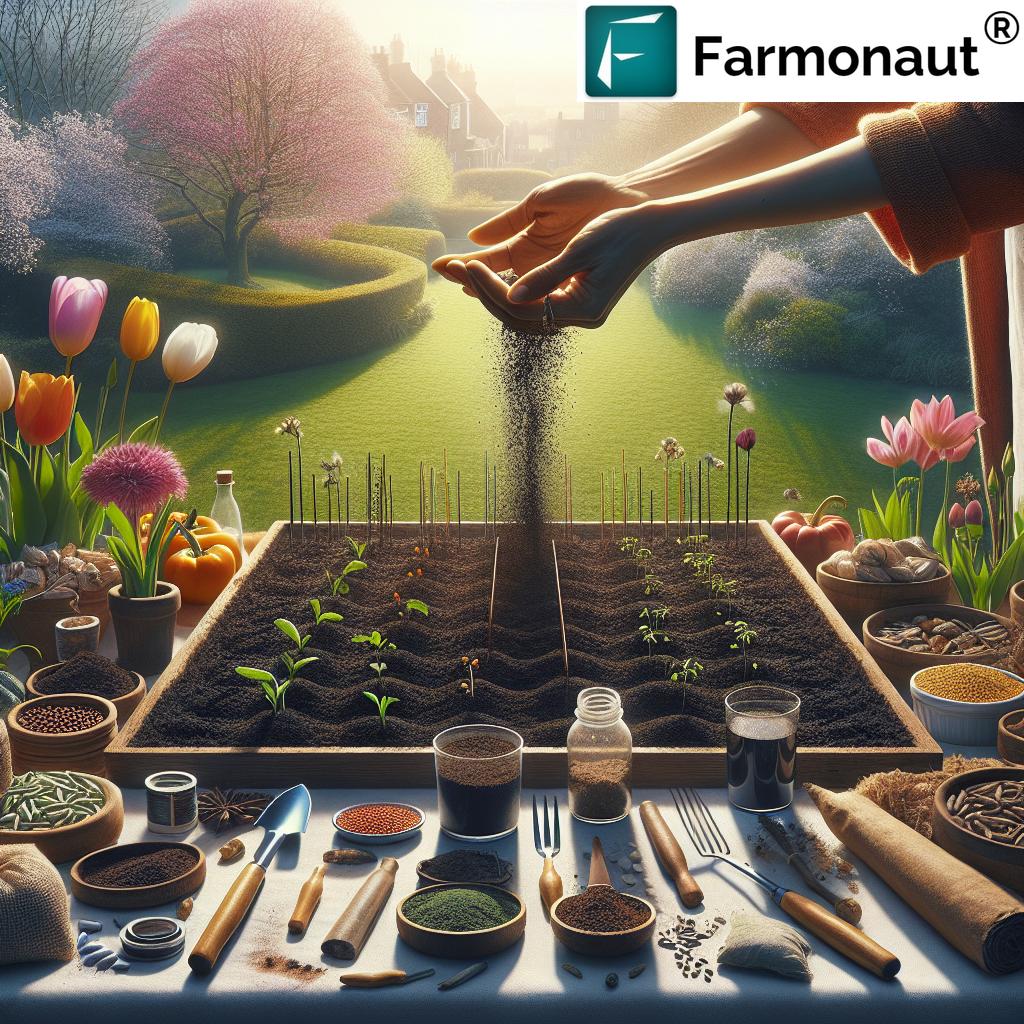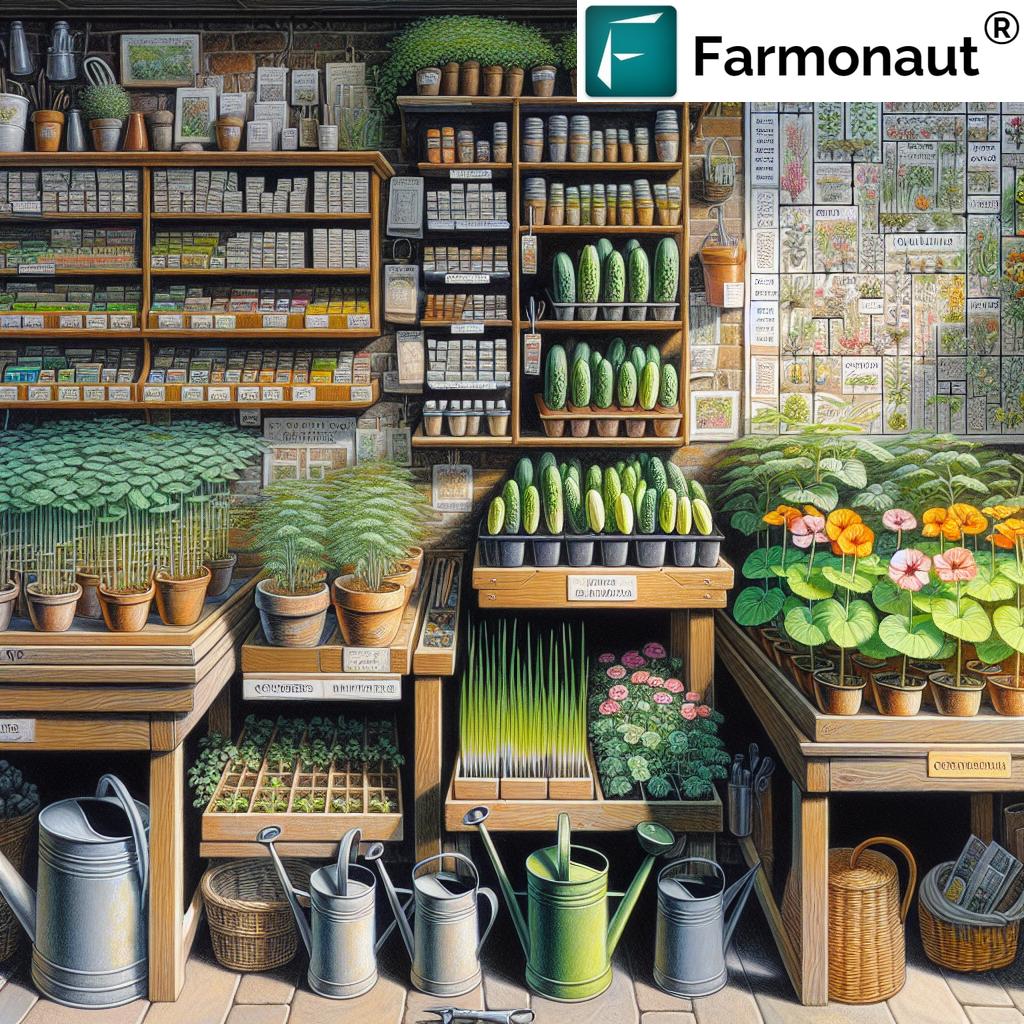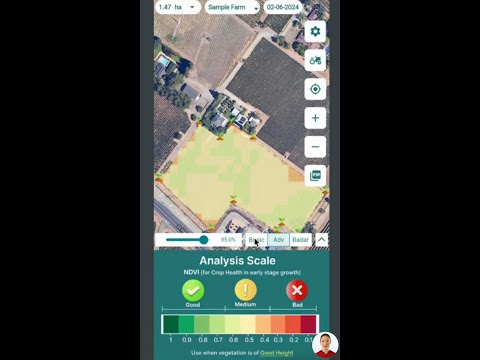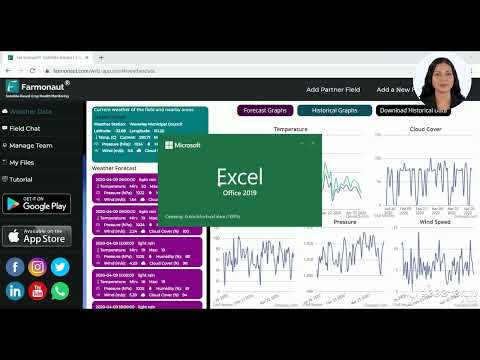Spring Gardening Tips: 7 Essential Steps for Manchester Gardeners
“Did you know? Testing soil pH can improve plant growth by up to 30% in Manchester gardens.”
Introduction: Getting Ready for Spring Gardening in Manchester
Spring gardening in Manchester is both a tradition and an adventure. As Manchester gardeners, we eagerly await the end of winter, watching the ground for hints of new growth and checking the weather forecast daily. Our gardening season here in southern Vermont – and similar northern climates – is shaped by the local average last frost date, typically mid-to-late May. As members of our local club know, “prepping your garden for spring” is about more than just waiting for warmth; it’s about being proactive, planning, learning from others, and using the right tools at the right time.
In this comprehensive, actionable guide, we share 7 essential steps for success, drawing from local expertise and research-backed spring gardening tips. You’ll learn how to test soil pH, the value of removing garden debris, the tactics for starting seeds indoors, planning your garden, choosing best gardening tools for beginners, the foundations of a companion planting guide, and the art of transplanting seedlings outdoors. Along the way, we’ll dive into organic matter for soil health, highlight tech like Farmonaut’s platform for crop monitoring, and help you connect with local groups and online resources.
Let’s embark on a journey to a more beautiful, productive garden this spring – right here in Manchester.
Step-by-Step Guide Table: Your Spring Gardening Tips Roadmap
| Step Number | Action/Tip | Purpose/Benefit | Estimated Time Required |
|---|---|---|---|
| 1 | Test Soil pH | Ensures soil health for optimal plant growth | 30-60 min |
| 2 | Start Seeds Indoors | Boosts germination and prepares strong plants for transplant | 1-3 hours (initial) |
| 3 | Remove Debris & Use Compost | Reduces disease risk and provides nutrient-rich organic matter | 2-4 hours |
| 4 | Take Inventory & Prepare Tools | Ensures everything is ready and working for efficient gardening | 1-2 hours |
| 5 | Plan & Sketch Your Garden | Improves plant spacing, sun access, and reduces errors | 2-3 hours |
| 6 | Learn Companion Planting | Controls pests, increases yields, and supports soil health | 1-2 hours |
| 7 | Transplant Seedlings Outdoors | Ensures healthy adaptation and maximized growth | 1-2 hours |
Step 1: How To Test Soil pH for Manchester Gardens
The foundation of a thriving garden is healthy soil. In Manchester, with our lush but sometimes rocky and acidic soils, understanding your soil pH can make a world of difference for your plants.
What Is Soil pH – And Why Does It Matter?
Soil pH measures the acidity or alkalinity of your soil, on a scale from 0 (acidic) to 14 (alkaline), with 7 as neutral. Most flowers and vegetables thrive in soil with a pH between 5.5 and 7.0. If your soil is too acidic (low pH), vital nutrients might not be available to your plants; too alkaline (high pH), and other deficiencies arise. Testing soil pH provides insight into what amendments you need before planting anything.
How to Test Soil pH – Quick Steps
- Collect Soil Samples: Use a trowel to take 3–6 samples from different locations and depths (usually 6″) of your garden.
- Mix & Remove Debris: Combine the samples in a clean bucket and remove sticks, stones, or organic matter that hasn’t fully decomposed.
- Use a Soil pH Test Kit or Meter: You can purchase affordable kits at local centers or online. Follow the kit’s steps—usually, you’ll mix soil with a test solution, let it settle, and then match the color or digital reading to the included chart.
- Interpret the Results:
- pH 6.0–7.0: Ideal for most vegetable and flower gardens.
- Below 5.5: Too acidic—add garden lime (according to instructions).
- Above 7.0: Too alkaline—add soil sulfur or organic matter (compost, pine needles) to lower pH.
We recommend retesting every spring as part of your spring gardening tips checklist. If you want advanced monitoring of things like soil moisture and even organic carbon status, try Farmonaut’s satellite-powered advisory tools which use AI analysis, providing additional local weather and soil insight for growers in Manchester and beyond.
Step 2: Starting Seeds Indoors for a Head Start
Starting seeds inside is one of the best spring gardening tips for Manchester, especially given our sometimes short growing season. By starting seeds indoors, we “cheat” the unpredictable weather and give our plants time to grow sturdy before facing the real world outdoors.
- Why Start Indoors?
- Boosts germination rates (50%+ increase compared to direct sowing outdoors).
- Gives us more control over temperature, watering, and light—critical for tender plants like tomatoes, peppers, and many flowers.
- Allows us to plan for succession planting, ensuring continuous harvests.
“Starting seeds indoors boosts germination rates by 50% compared to direct outdoor sowing.”
What to Start Indoors vs. Direct Sow?
- Start Indoors: Tomatoes, peppers, eggplants, broccoli, cauliflower, cabbage, marigolds, zinnias, many perennial herbs, and some flowers.
- Direct Sow: Peas, beans (once soil warms), carrots, radishes, beets, nasturtiums, and many annuals that don’t like transplanting.
How to Start Seeds Indoors: Step-By-Step
- Use clean containers (seed trays, yogurt cups with holes, or bio pots).
- Fill with quality seed starting mix (light, sterile, drains well).
- Moisten the mix but avoid soggy soil—check frequently.
- Sow the seeds at the depth recommended on the packet—press gently.
- Label every row or container to help identify varieties!
- Cover with clear lid/plastic wrap (optional) to retain humidity, then remove once most seeds have sprouted.
- Provide bright light: South-facing windows, or a grow light 2–4″ above seedlings 12–16 hours daily.
- Thin seedlings as needed—overcrowded starts get spindly.
- Harden off your plants before transplanting (more on that under Step 7).
We can also research specific seed needs using plant ID apps or online gardening guides. Want deeper insights such as planting time based on live weather patterns? Farmonaut’s Jeevn AI advisory system
analyzes local satellite data to provide actionable recommendations tailored for your area.
Step 3: Removing Garden Debris and Using Organic Matter
One of the simplest, but most important spring gardening tips for Manchester gardeners is removing debris from your garden beds and paths as soon as it’s safe to work the ground. Old organic matter—fallen leaves, dead stalks, and twigs—can harbor pests and diseases over winter, which could threaten new growth as the season begins.
- Start by:
- Donning your garden gloves and inspecting all beds for excessive leaves, spent flowers, twigs, and uncollected fruit or vegetables.
- Gently clearing organic matter away from new shoots—avoid damaging emerging plants.
- Setting aside healthy leaves and stalks for the compost pile, especially if not diseased.
- Bagging and removing any diseased plant tissue separately. Do not compost diseased material as it can spread pathogens.
Composting: Turning Debris into Garden Gold
Composting organic matter (leaves, stems, twigs) is an eco-friendly way to return nutrients to your soil. Over time, this process creates humus—a vital soil conditioner that retains moisture, improves structure, and delivers nutrients where your plants need them. Spread finished compost as a 1–2″ mulch layer to feed your garden beds.
Pro-Tips for Spring Debris Removal:
- Watch for new growth: Carefully look for emerging shoots before raking or clipping.
- Pruning:
- Do not prune spring-blooming species until after they finish flowering; otherwise, you risk cutting off this year’s blooms.
- Summer- and fall-blooming shrubs may be pruned now, but always research the specific needs of your plants.
- Mulching: After removing debris and applying compost, cover the soil with fresh, weed-free mulch. This retains moisture, suppresses weeds, and further improves soil health.
If you’re interested in next-level soil and crop health monitoring, take a look at Farmonaut’s Large Scale Farm Management App. It leverages satellite imagery and AI to monitor gardens and small farms, enhancing decisions on watering, fertilization, and pest control.
Step 4: Inventory & Best Gardening Tools for Beginners
It’s easy to underestimate how important having the right tools is for prepping your garden for spring. Every gardener—rookie or master—should conduct an annual inventory of both tools and seeds/plants before beginning work outdoors.
- Take Stock:
- Gather all your hand tools (spades, trowels, pruners, clippers, gloves, hoes, rakes, watering cans).
- Inspect each tool for damage, sharpness, and cleanliness. Sharpen blades, oil moving parts, and replace broken handles.
- Clean pots and seed trays—disinfect to stop the spread of diseases from last season.
- Check hoses, sprinklers, timers, and watering wands for leaks or cracks.
- Make a list of essentials you are missing or should replace. Take advantage of end-of-season and yard sales for bargains.
- Read online reviews and ratings, and shop at your local center, club sale, or trusted online retailers.
Best Gardening Tools for Beginners: Our Recommendations
- Essential hand tools: Trowel, hand fork, transplanting trowel, pruners (bypass and anvil), weeding fork, gloves, and dibber.
- Soil & compost tools: Broad fork or spade, garden fork, compost thermometer.
- Watering equipment: Watering can with rose, soaker hose, timer for smart watering.
Taking inventory isn’t just about buying new—it’s about ensuring everything is functioning, so you’re never scrabbling when you need to start planting or prepping. For advanced resource management—especially if you manage several beds or plots—consider Farmonaut’s Fleet and Resource Management Tools to streamline irrigation, machinery usage, and logistics.
Don’t Forget: Plant or Seed Inventory
- What to grow: Record what seeds you have, expiration dates, and which need starting indoors vs. direct sowing.
- Check for hardy perennials or bulbs that can be divided or transplanted.
- Use a garden planner app, notebook, or journal to track planting and growth.
And connect with local clubs or online gardening groups—advice from other members is often as valuable as the fanciest tool in your shed.
Step 5: Garden Planning for Beginners – Mapping, Sketching, & Design
Garden planning—from simple sketches to detailed digital maps—sets the stage for a season of fewer mistakes and greater beauty. By planning, we can allocate space, time plantings for continuous bloom, and maximize the benefits of sun, shade, and soil.
- How to Plan Your Garden:
- Sketch a map of your plot, noting locations with at least 6 hours of sunlight vs. partial shade.
- Mark fixed elements: trees, fences, sheds, and existing perennials or shrubs (use a plant ID app if you’re unsure). Record names, bloom times, and care instructions.
- Label future zones: vegetable beds, cutting garden, pollinator areas, walkways.
Consider During Planning:
- Hardiness Zone: Consult USDA maps to confirm what’s likely to survive Manchester winters.
- Watering Access: Ensure every bed can be reached by hose or has planned irrigation.
- Drainage: Note any low or soggy areas—avoid planting root crops or Mediterranean herbs there.
- Continuous Bloom: Choose flowers with staggered bloom times for a vibrant display from spring to frost.
- Succession Planting: Rotate crops to ensure year-round harvest and improve soil health.
We can also use online resources and YouTube gardening tutorials for inspiration—many gardeners find it helpful to take photos of their garden each spring, labeling species and bloom times for future planning.
Precise weather information is key! We recommend using Farmonaut’s Weather API for hyperlocal weather updates, or view the Developer Docs for technical integrations into your digital gardening log or advisory system.
If you want to make your entire gardening experience traceable—from seed to plate—explore Farmonaut’s Blockchain-Based Traceability Solutions. This builds transparency whether you’re selling extra produce or simply enjoy knowing your own food’s journey.
Step 6: A Companion Planting Guide for Manchester Gardeners
Companion planting is an ancient method—but one that science continues to validate for pest reduction, flavor boosting, soil health, and efficient use of space. Our companion planting guide for Manchester focuses on combinations proven to help in our local climate and soil.
Core Companion Planting Tips:
- Cucumbers & Nasturtiums: Nasturtiums act as a trap crop for aphids, keeping your cucumbers protected.
- Marigolds & Vegetables: Marigolds deter nematodes and some flying pests—especially valuable near tomatoes and beans.
- Herbs like Basil, Oregano, and Parsley: Plant near peppers to enhance flavor and vigor.
- Carrots & Onions: Onions deter carrot flies; carrots give onions more growing room by using different soil layers.
- Tomatoes & Borage: Borage attracts pollinators and helps prevent tomato hornworm attacks.
What to Avoid:
- Don’t pair onions with beans or peas—they can inhibit legume growth.
- Avoid planting potatoes near tomatoes—both are prone to similar diseases like blight.
How Companion Planting Helps:
- Reduces pest populations naturally—fewer chemicals required.
- Increases bio-diversity, attracting pollinators and beneficial insects.
- Improves nutrient cycling—legumes fix nitrogen, which helps leafy neighbors.
For more on optimizing garden layout and biodiversity, check Farmonaut’s Carbon Footprinting Page—a sustainability feature that helps growers measure, reduce, and track their environmental impact, vital for eco-conscious gardening.
Step 7: Transplanting Seedlings Outdoors – When and How
Once spring warms the ground and the risk of frost fully passes, it’s time to transplant seedlings outdoors. In Manchester, our last frost date is typically around May 18, but for maximum safety, wait until late May or early June—especially for tender annuals like tomatoes and peppers.
How to Harden Off and Transplant:
- Start Indoors: About a week beforehand, place seedlings outdoors in a sheltered spot for a few hours daily. Gradually increase both exposure and duration.
- Check Weather: Only transplant if nighttime temperatures consistently stay above 50°F (10°C).
- Prepare the Site: Loosen the soil well, mix in compost or other organic matter, and ensure good drainage.
- Transplant Carefully: Plant at the same depth as in containers (don’t bury stems unless the species can root along the stem, like tomatoes).
- Water Thoroughly: Give immediate and gentle watering to help roots settle and to reduce shock. Mulch after the soil warms to retain moisture and suppress weeds.
- Monitor Growth: Over the first few weeks, watch for wilting, pests, or nutrient deficiencies and respond promptly.
Special Notes:
- Direct sow cold-hardy species (peas, lettuce, radishes) as soon as the soil can be worked.
- For sensitive crops and late frosts, use row covers or cloches if a cold snap is forecasted.
Completed prepping and transplanted your seedlings? Monitor their health from above using Farmonaut’s Crop Advisory App. It provides real-time satellite data, so you can identify watering issues or stress before you see symptoms on the ground!
How Farmonaut Elevates Your Gardening with Satellite Tech & More
Farmonaut supports gardeners and larger growers in Manchester and beyond by providing affordable, accessible technologies. Their Android, iOS, and web platforms let us:
- Monitor soil moisture, crop health, and nutrient status via multispectral satellite imagery.
- Receive real-time weather forecasts and personalized AI-based advice for pest management, irrigation, and fertilization.
- Trace the journey of our produce from seed to sale—vital for selling through coops, clubs, or local markets—using innovative blockchain traceability.
- Track carbon footprint to ensure sustainable practices by using Farmonaut’s carbon monitoring solutions.
- Manage resources and even fleets of gardening equipment on larger plots, thanks to real-time fleet management tools.
Explore the Farmonaut App to bring precision agriculture and better decision-making to your spring gardening.
API Access for Innovative Gardeners
For tech-savvy gardeners, Farmonaut offers robust API integration and detailed Developer Docs, so you—or your club—can apply satellite and weather data to custom gardening apps or advisory systems.
For large-scale garden or farm management, see Farmonaut’s Large-Scale Management App for advanced monitoring and support!
FAQ – Spring Gardening in Manchester
-
When should I start prepping my garden for spring in Manchester?
As soon as the weather stabilizes and daytime temperatures reach at least 50°F (10°C) for a week. Avoid working the ground while it’s soggy to prevent compaction. -
How do I know my soil pH needs adjustment?
Use a soil pH test kit and compare to ideal ranges (5.5–7.0 for most vegetables and flowers). If plants have yellow leaves or weak growth, test before adding fertilizer—pH may be the problem. -
Should I start all seeds indoors?
Not all seeds—some, like peas or beans, are best sown directly into the ground after it warms. Tomatoes, peppers, and annual flowers usually do best starting indoors. -
Is it okay to compost diseased plant debris?
No—bag and dispose of any diseased plant tissue to prevent spreading pathogens. -
How can I find local gardening clubs and resources in Manchester?
Search for the Garden Club of Manchester, follow their Facebook page, or attend their annual plant sales. Local libraries, nurseries, and cooperative extension services also offer events and info. -
What tools should every beginning gardener have?
The basics: trowel, hand fork, gloves, pruners, hand rake, spade, watering can, and a sturdy wheelbarrow. Add more as your garden grows! -
Is precision farming tech like Farmonaut helpful for home gardens?
Yes! Even for smaller gardens, insights on soil moisture, nutrient status, and weather can improve success. Farmonaut’s easy-to-use tech scales from home plots to large farms.
Conclusion: Manchester Gardeners—Grow Smarter This Spring!
Embracing these spring gardening tips gives Manchester gardeners of all levels the best jump-start, whatever this year’s weather throws at us. By testing soil pH, removing garden debris, starting seeds indoors, carefully planning, prepping our tools, learning about companion planting, and mastering transplanting, we bring out the full potential of our area’s gardens—filling them with vibrant flowers and bountiful vegetables.
As gardening continues to evolve, we can blend the best of traditional knowledge with modern innovation. Solutions like Farmonaut’s satellite-powered crop management, weather tracking, and resource tools make high-tech gardening accessible and sustainable, right from the palm of our hands. Connect with your local club, share tips with other members, and let’s enjoy another fruitful season—together!
Ready to dig in? Download the Farmonaut app for soil, weather, and crop health insights, and join the growing Manchester gardening community!








